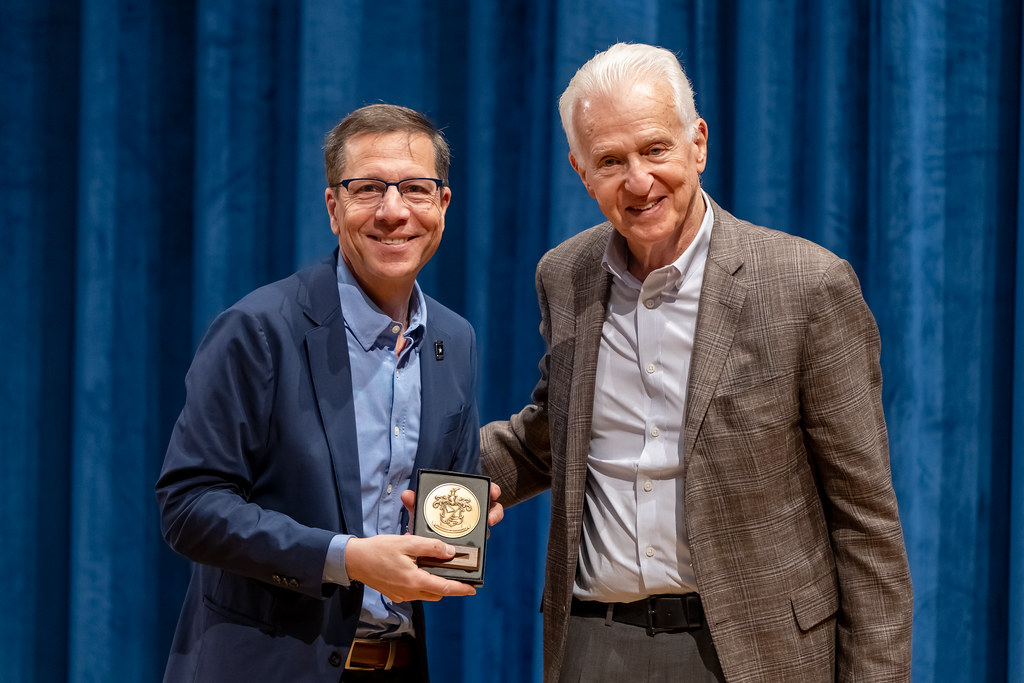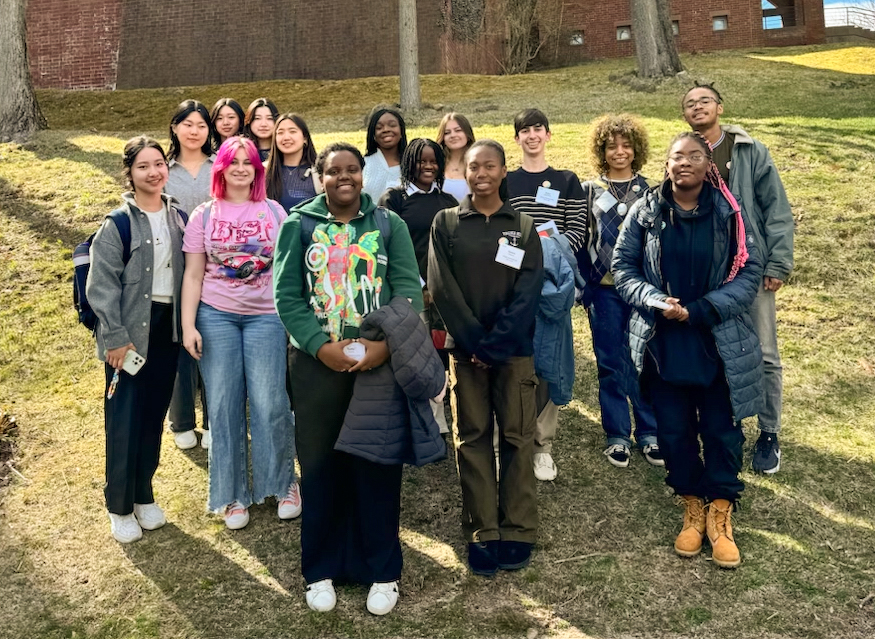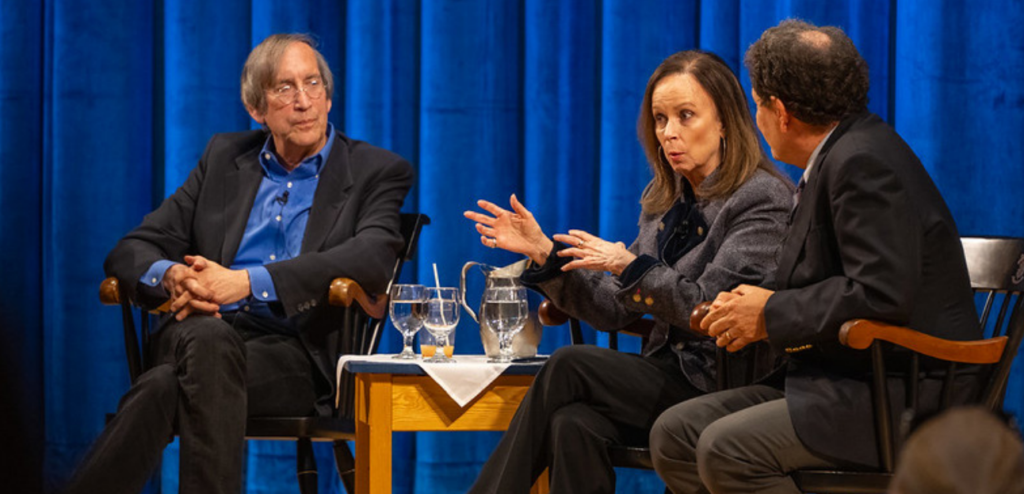
The Wallingford Public Library’s Collaboratory includes a quilting machine and phoneless phone booth.
Choate may be one of the first high schools to develop a designated makerspace, but just down the street is a site similar to our own i.d.Lab. In September of 2016, the Wallingford Public Library opened its Collaboratory, a combination makerspace, co-working space, and visual media lab. Located in the center of Wallingford, within the spacious town library, the Collaboratory attracts a clientele of all ages and skill sets. Choate may be one of the first high schools to develop a designated makerspace, but just down the street is a site similar to our own i.d.Lab. In September of 2016, the Wallingford Public Library opened its Collaboratory, a combination makerspace, co-working space, and visual media lab. Located in the center of Wallingford, within the spacious town library, the Collaboratory attracts a clientele of all ages and skill sets.
The need for the Collaboratory was derived from the need for more program space. The library hosts a variety of programs throughout the year, ranging from holiday card making for children, to lectures on human trafficking for adults, but, as Head of Creative and Emerging Technologies Ms. Janet Flewelling put it, “The problem was that the children’s librarians would want do a big program when the adult librarians would want to do a big program when the teen librarian wanted to do a big program, and there just wasn’t enough space.”
The plan for the Collaboratory began with research. “We actually went down to our staff room and had a session where we just brainstormed,” said Wallingford Public Library Director Jane Fisher. The library staff also contacted makerspaces throughout the state of Connecticut to supplement their ideas. With this research under its belt, the library applied for a grant from the Connecticut State Library. The grant covered a signi ant portion of the nearly $500,000 price tag for the Collaboratory, and the library paid the remaining amount.
The steep price of the Collaboratory was necessary to raise the floor of the space, enclose it in glass, and wire it for electricity, but also for the equipment within. The Collaboratory houses some equipment that may look familiar to Choate students, such as a laser cutter and a 3D printer, but it also contains many items not available in the i.d.Lab. “People were stopping me in the grocery store saying, ‘Is it true we’re going to have a long arm quilting machine in the Library?’” recalled Ms. Fisher regarding the most popular piece of equipment. The Collaboratory also advertises a silhouette cutter, a phoneless phone booth, and a Microsoft Surface Hub, among other machines. “The challenge is really getting the word out about all the things that are available” said Ms. Flewelling.
As the Collaboratory has now been open for just over a year, the librarians have really gotten to see it in action. Fisher, describing a quilting group that meets in the room and a member of the Wallingford Photo Club who frequents the space because of its high-quality printer, said “It’s great we have programs, but for people to come in and discover it and decide to use it on their own is even better.” The Collaboratory gives members of the community access to equipment they might not otherwise have been able to afford, as well as space and technology designed for teamwork.
The Collaboratory is not the first library makerspace. Fisher believes that the purpose of libraries is evolving, saying, “Libraries are sort of trying to move away from only being in a role of transaction, meaning pick up a book, go to the desk, borrow the book, and go home.”
She continued, “I think that’s certainly the buzz in the profession — it’s about making the space and the surfaces meet current needs.”
This dynamic nature of libraries as a source of community information and communication allows them to escape the age of iBooks and Kindles, and move toward a role as collaboration hubs. Fisher, describing the most rewarding part of opening the Collaboratory, said, “I love that reaction when people realize it’s there for them.”




